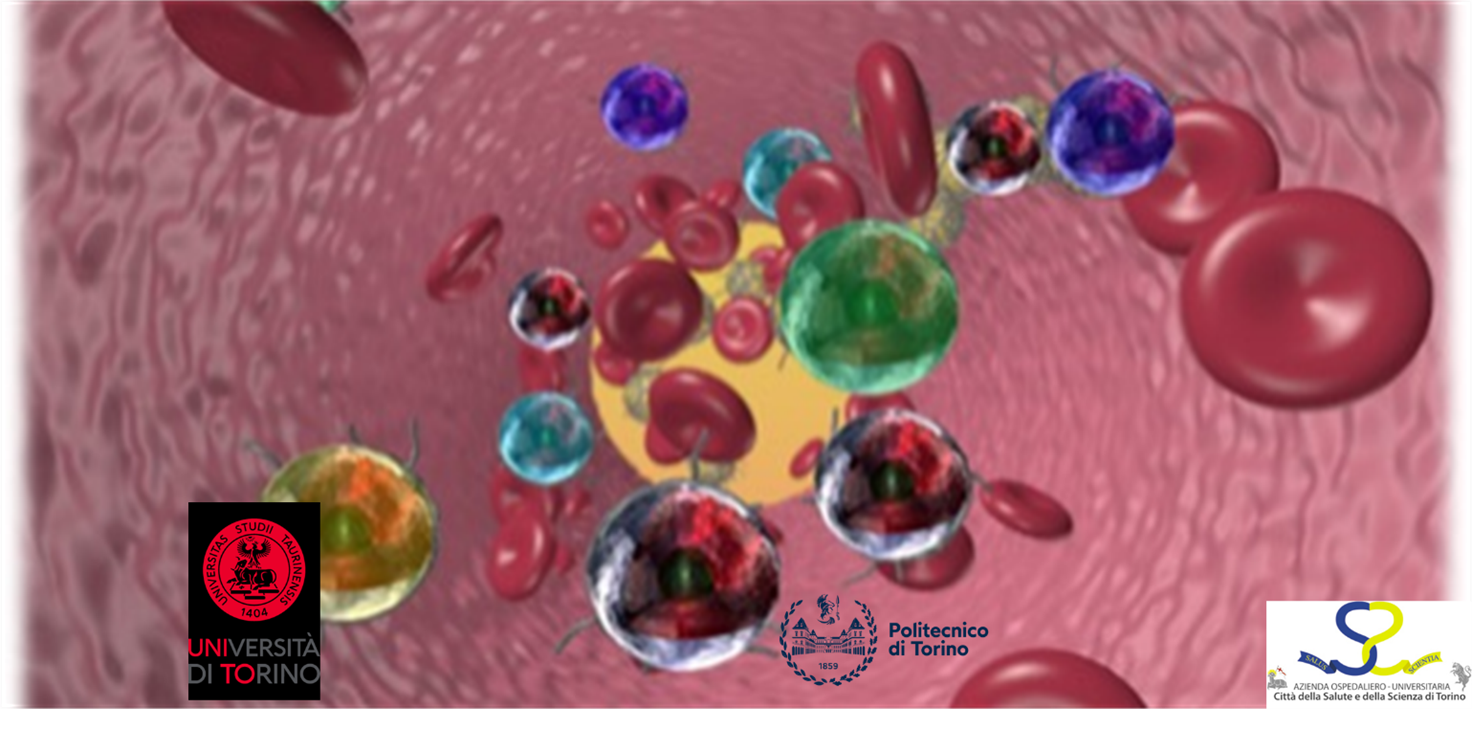
The current state of the art is the extracorporeal photoapheresis (ECP), a therapy currently used to treat several immunological disorders, including CTCL, a rare malignancy that affects the lymph nodes and lymphatic system and causes a proliferation abnormality of T lymphocytes in the skin.
The extracorporeal photoapheresis procedure provides that the patient is subjected to the sampling of whole blood, which is subsequently separated into the various fractions (apheresis), and that the lymphocyte component is added with a photosensitive drug (8-methoxypsoralen or 8-MOP) and then exposed to ultraviolet radiation for a certain period of time. The white blood cells thus treated are then re-infused into the patient in order to obtain a response from the patient’s immune system which is activated by inducing the circulating lymphocytes into death (apoptosis and necrosis). Depending on the disease the patient suffers from and its severity, he/she may undergo extracorporeal photopheresis from once a week to once a month, for at least 4 months or more [1].
Despite its biocompatibility, such therapy is associated with several limitations, including: 1) the lack of selectivity of the photosensitizing agent 8-MOP; 2) possible collateral damage to buffy coat healthy blood components that should not be affected by the therapy; 3) the mutagenic and toxic behavior of ultraviolet light; 4) the very limited penetration of UV light, due to which it is essential to separate the lymphocyte component from the red blood cells, which would otherwise absorb the light radiation; 5) consequent lengthening of the time required to complete the entire procedure.
This research project wants to propose an ex-vivo study conducted on the blood of patients suffering from cutaneous T-cell lymphoma already subjected to the clinical treatment of photopheresis. In this study, the research group of Prof. Valentina Cauda (main proponent, Polytechnic of Turin, Italy) will collaborate with the clinical research group of prof. Pietro Quaglino (Head of the Hematological Oncology Dept, San Lazzaro Hospital AOU Città della Salute e della Scienza) to compare the cell killing and immunomodulatory effects activated by conventional photopheresis treatment on the buffy coat collected from patients with the an innovative treatment consisting in the exposure of the buffy coat to low intensity ultrasound and biocompatible nanoparticles.

This project has received funding from from LifTT (part of LINKS foundation and Compagnia di Sanpaolo) under the framework PoC EIC Linea 3 , title “Anti-tumor therapy based on ultrasound activation and synergy with biocompatible nanoparticles”
